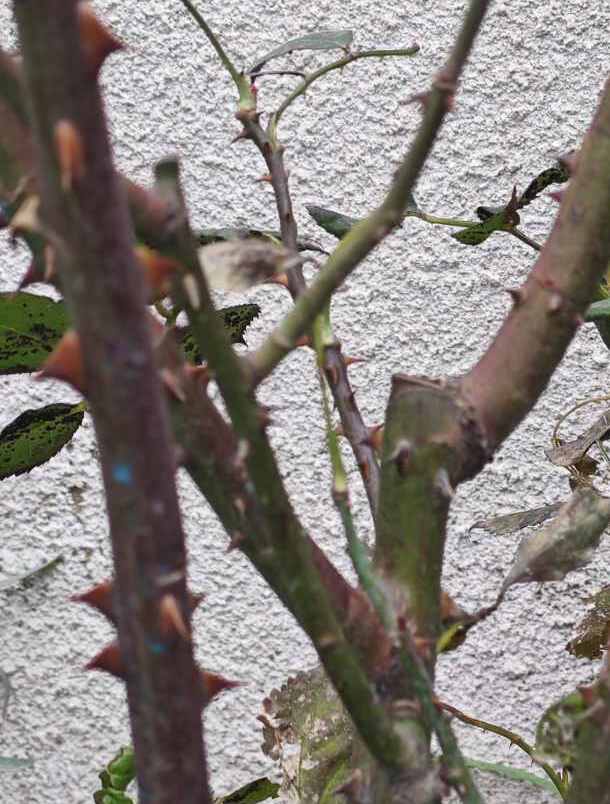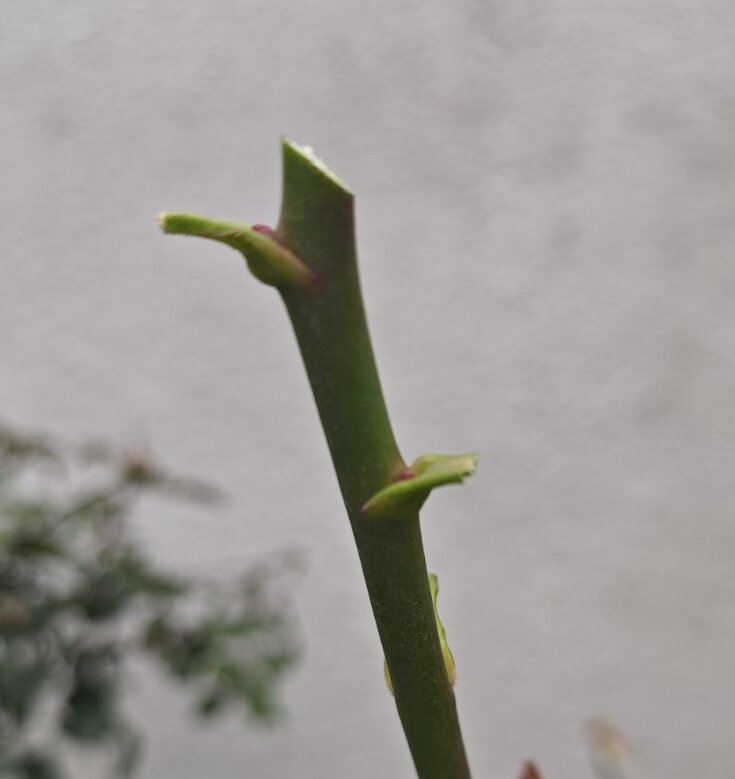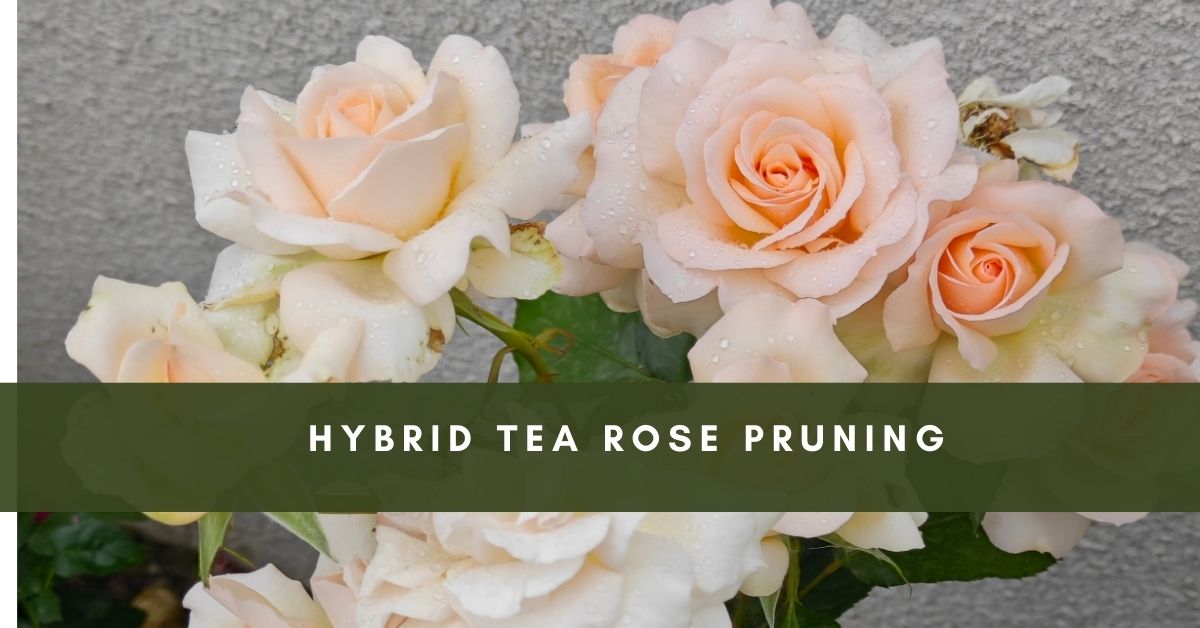Pruning hybrid tea roses is essential for keeping them healthy, encouraging new growth, and achieving those perfect, vibrant blooms. Proper pruning can lead to more vigorous plants, fewer diseases, and the most exquisite garden display come summer. Here’s a comprehensive guide for prune hybrid tea roses
with the best tips and techniques to help you get the best results.
Why Hybrid Tea Rose Pruning is Essential
Hybrid tea roses are admired for their large, fragrant, and stunning blooms. However, without proper pruning, these roses must become overcrowded, robust, and susceptible to diseases. Pruning removes dead and damaged wood and invigorates the plant, helping it produce new, healthy growth. Following a thoughtful pruning approach, you can ensure a robust and airy structure that promotes better air circulation, more sunlight, and more nutritious and prolific blooms.
Timing is Key to Pruning Success
The best time to prune hybrid tea roses is in late winter to early spring, just before new growth begins. Pruning too early can expose the plant to winter frost damage, while pruning too late may cause stress as the plant has already started its growth cycle. In most climates, this timing coincides with when the buds begin to swell. Pruning at the right time gives your hybrid tea roses the best chance for a vigorous bloom season.
Gather the Proper Tools for a Clean Cut
Having the right tools is critical for successful pruning. Sharp, clean pruning shears make the job easier and help prevent damage to the rose bush. Dull or dirty tools can tear branches and spread diseases, leading to a prolonged recovery period for the plant. Always disinfect your tools with rubbing alcohol between cuts, especially if you’ve pruned away diseased wood. Essential tools include:
- Bypass pruning shears for precise, clean cuts
- Gloves to protect from thorns
- Rubbing alcohol for sterilizing
Begin by Removing Dead or Diseased Wood
Start by scrutinizing the plant for dead, diseased, or damaged wood. Diseased wood may appear discolored, soft, or brittle and should be returned to healthy wood. Cutting out these weak or diseased areas improves the plant’s overall health and helps prevent the spread of pathogens. Pruning these sections first also gives you a better view of the plant’s structure, making it easier to shape the rose bush effectively.

Cut Out Weak and Crossing Stems
Hybrid tea roses often develop stems that cross over each other or become overly crowded in the center. This can reduce airflow, increase the risk of fungal infections, and limit sunlight exposure. Thin, spindly branches are also unlikely to produce healthy flowers and should be removed to concentrate the plant’s energy on more vigorous, robust canes. By opening up the center of the bush, you’ll improve air circulation and reduce disease risk.

Get Your Free Lunar Gardener's Calendar 2025!
Join the Lunar Gardening Revolution! Subscribe now to receive our exclusive Free Lunar Gardener’s Calendar for 2025. Harness the power of the moon to optimize your planting, nurturing, and harvesting.
Angle Your Cuts to Protect Against Water Damage
A simple yet essential tip is to make your cuts at a 45-degree angle. This angled cut helps rainwater or dew run off the stem rather than pool, reducing the risk of rot. Cut away from the bud at this angle to prevent water from collecting at the cut site. This seemingly small detail can make a big difference in preventing bacterial infections and promoting faster healing.

Prune to an Outward-Facing Bud for Ideal Growth
When making cuts on each stem, prune just above an outward-facing bud. This technique encourages the rose to grow outward rather than inward, helping maintain an open, airy structure. A bush that grows outward avoids congestion in the center, allowing for better sunlight penetration and airflow. Aim to leave about 1/4 inch of space above the bud for optimal results, cutting at a slight angle to encourage the healthiest growth pattern.
Hybrid Tea Rose Pruning for Decorative Design and Cutting Flowers
Hybrid tea roses are well-suited for various types of pruning, allowing gardeners to shape them for decorative purposes and floral arrangements. During the main spring pruning, flower shoots develop rapidly, often blooming within the same season. This growth process is central to the versatility and appeal of hybrid tea roses, as gardeners can adapt pruning techniques to their aesthetic or practical goals.

The Organic Rose Revolution: Grow Stunning Blooms, Naturally
- Unlock the secrets of nurturing your roses organically with our guidance on soil health, natural fertilizers, and sustainable pest control methods. Your garden will thrive with eco-friendly care that respects nature’s balance.
- Empower yourself with the knowledge to craft natural remedies for common rose ailments.
- Banish pests from your garden precisely using proven strategies that safeguard your roses without harsh chemicals. Keep aphids, mites, and other invaders at bay while preserving your garden’s natural harmony.
- Explore a world of breathtaking rose varieties carefully curated to captivate your senses and elevate your garden to new heights of beauty.
Medium Pruning for Balanced Growth and Decorative Appeal
Most gardeners use medium pruning in hybrid tea roses, cutting each stem to leave 5–7 buds per cane. This method encourages the growth of a compact, well-rounded bush with solid branches, creating a balanced look suitable for garden display and cutting flowers. Medium pruning ensures abundant blooms and promotes healthy, stable growth, making it an excellent choice for those seeking beauty and functionality in their garden roses.
Strong Pruning for Larger Flowers in Cut Arrangements
Strong pruning is often the preferred technique for gardeners looking to produce robust, sizable flowers specifically for cutting. The shoots are pruned back in strong pruning to leave only 1–2 buds on each branch. This method allows the plant to concentrate its energy into fewer shoots, resulting in solid stems and more significant, well-formed flowers ideal for floral displays. The trade-off is a more sparse bloom across the bush, but the flowers that do develop are often impressively large and vibrant.
Weak Pruning for Earlier, More Abundant Blooms
In cases where early and abundant flowering is desired, weak pruning can be applied. Weak pruning involves leaving more buds, around 8–10, on each cane. This approach is efficient for vigorous hybrid tea varieties like ‘Gloria Day.’ By leaving more buds, gardeners encourage a faster growth cycle, which results in an earlier bloom time and a fuller display. Weak pruning produces a highly decorative appearance, with many large flowers that enhance the garden’s visual appeal. This method is perfect for gardeners seeking lush, early-season blooms that cover the bush in a magnificent floral display.
Shaping the Ideal Hybrid Tea Rose Bush
A well-pruned hybrid tea rose bush typically consists of 3–5 strong, healthy canes strategically spaced to form an open, vase-like shape. This structure promotes good airflow and sunlight penetration, reducing disease risks and encouraging uniform growth. Whether the goal is to cultivate a picturesque garden centerpiece or produce exquisite cut flowers, the pruning strategy can be tailored to meet specific gardening objectives.
Finish with Mulch and Fertilizer to Boost Growth
After pruning, boost your roses with mulch and a balanced fertilizer. Applying a layer of mulch around the base helps retain moisture, suppress weeds, and regulate soil temperature. Additionally, fertilizing your roses provides essential nutrients that encourage robust new growth and vibrant blooms. Use a rose-specific fertilizer that balances nitrogen, phosphorus, and potassium to support flowering and plant strength for optimal results.
Hybrid Tea Rose Pruning FAQ
How often should I prune hybrid tea roses?
Prune hybrid tea roses once a year in late winter or early spring, though light pruning can be done during the growing season to remove spent blooms.
Can I prune hybrid tea roses in the fall?
Fall pruning can be risky as it may stimulate new growth that is susceptible to frost damage. If necessary, limit fall pruning to remove spent blooms and dead wood.
How can I tell if a cane is dead?

Dead canes are often brittle, discolored, or easily snap, while healthy canes tend to be green and flexible.
What fertilizer should I use after pruning?
A balanced rose-specific fertilizer is ideal, containing nutrients that promote healthy rose growth and vibrant blooms.
Final thought
Pruning hybrid tea roses is an art and a science, combining practical skills with an eye for beauty. You can transform your roses into a stunning garden centerpiece by timing your pruning correctly, using the right tools, and following proper techniques. Remember, each cut encourages new life, and with thoughtful care, your hybrid tea roses will reward you with season after season of magnificent blooms.
Want more gardening tips? Subscribe to our newsletter for monthly advice straight to your inbox!


